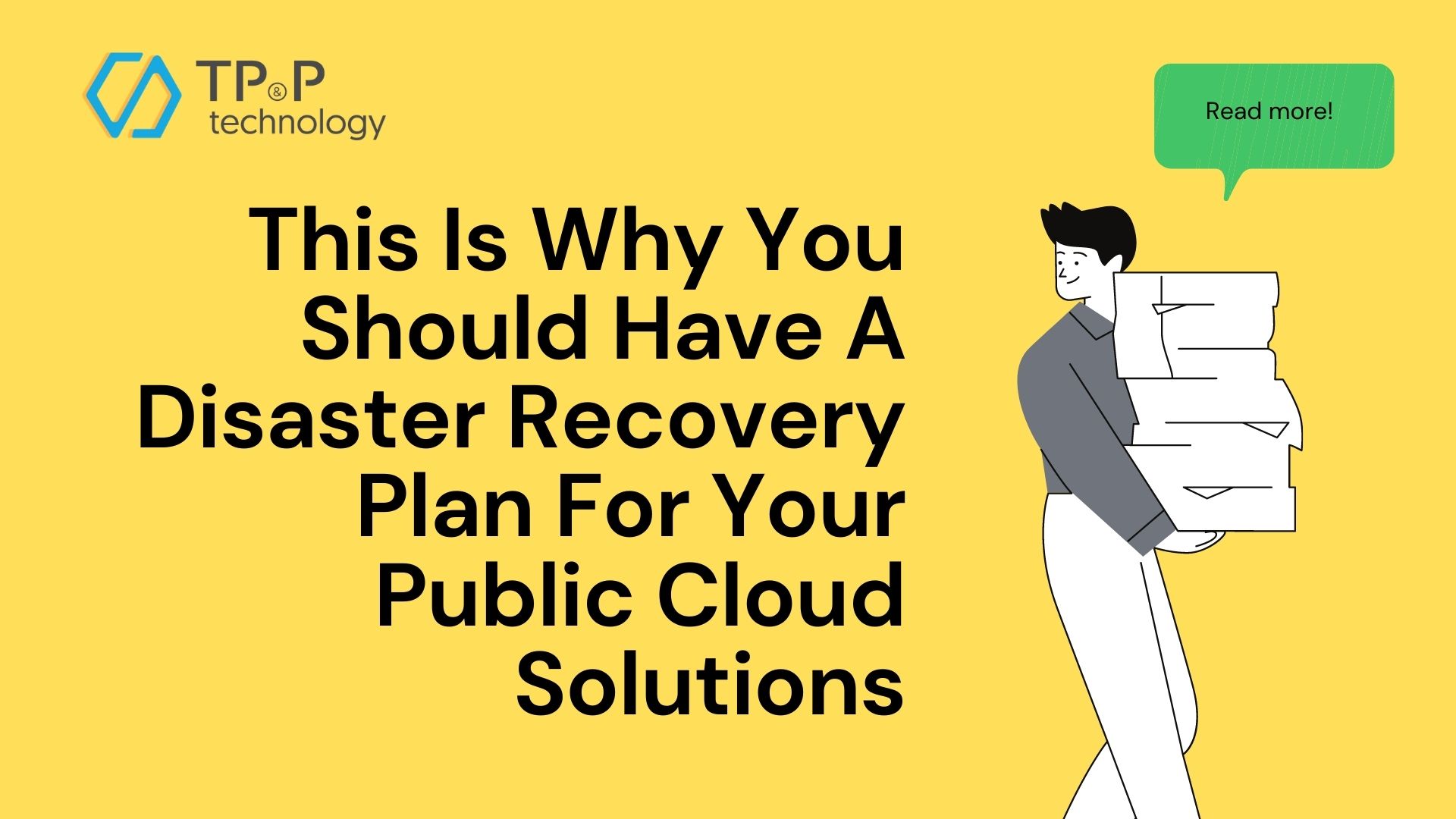
This Is Why You Should Have A Disaster Recovery Plan For Your Public Cloud Solutions
Following the digital transformation trends, businesses of all sizes move their workloads and data to the public cloud. We have seen a huge number of businesses moving from legacy systems to the public cloud solution.
According to the Flexera 2020 State of the Cloud, nearly half of the enterprises worldwide have moved to the public cloud. Notably, SMBs are moving to the public cloud at a more significant pace. The same report revealed 70 percent of the SMBs’ workloads and data would move to the cloud at the end of 2021.
Before the creation of the cloud, we used traditional servers like hardware, OS, and applications for storage. The concept of cloud services was created and developed a long time ago. If you carefully look at the cloud services’ evolution, you’ll see that every scientist had shared the same thoughts for a while. However, not only until recent years, cloud services have been widely put into practice and favourable by many companies.

The public cloud provides free tools to migrate existing servers with linked application to its cloud. Therefore, it is pretty easy and economical to making cloud adoption. Many organizations are also using more agile cloud-based technologies that allow them to manage complexity and velocity via automation to build or improve existing applications.
Many companies are moving to SaaS applications instead of moving existing applications to the cloud. The benefit of multitenant SaaS is that as more companies share financial loads (including data center frameworks, application management costs), the shared infrastructure can lead to reduced costs.
No matter which cloud strategy your company decides to use, all organizations that migrate to the cloud need to take responsibility for protecting their data from all disasters.
Public cloud disaster recovery plan’s history and assumptions
Many companies have used local disks for short-term recovery and tapes or cloud for long-term recovery regarding data loss or disaster recovery due to the system or a site’s loss. Some of them replicate to a sub-location or cloud for disaster recovery.
After migrating to the public cloud, many companies assume that the cloud service provider or SaaS solution provider is responsible for backup their data or disaster recovery plan. This assumption is wrong. Here are the reasons why:
Deleted data may disappear forever
If data is deleted by mistake, most public cloud providers will not automatically back up the data as part of their solutions. As a result, unless your company runs snapshots or backup program, you will not be able to recover them. The same goes for SaaS application.
Companies are unable to access their apps and data due to cloud outage
One of the examples is the notable outages of Amazon Web Services in 2011. Amazon’s Northern Virginia’s data center has crashed and wasn’t working properly. This incident destroyed more than 70 popular websites like Reddit, Foursquare, and The New Your Times, leading to hundreds of million dollars in revenue loss and loss of trust. If these companies had implemented a strong backup and disaster recovery plan, they wouldn’t have encountered such massive damage.
Inconsistent data replication is dangerous
Even if the cloud provider does help replicate the data to a separate area, there is usually no consistency. There is no agreement to bring the system online after an outage. Data replicate protocols and clarification is a must in a complete disaster recovery plan.
When to reach out to data backup and disaster recovery experts
You don’t have to be the public cloud pro to protect your business’s data. It is important to know what your cloud managed service provider, and third parties offer when it comes to data backup and disaster recovery. Without a reliable plan, your business may face significant disruption and financial impacts, not to mention the loss of trust in the event of disasters.
When talking to a cloud expert to help you drafting your backup and disaster recovery plan, keep these things in mind:
- Ensure that they have experience working with companies of the same size and complexity as yours.
- The expert should understand the different priorities of your application and then work with you to develop a plan.
- You don’t want to work with an expert telling you that backup/restore is easy.
- A backup pro must have a solid understanding of clouds, LAN/WAN, applications and servers.
If you haven’t had a data backup and disaster recovery plan for your business’s public cloud, it’s time to find one! In a crisis-ridden time like now, no one knows what will happen: the percentage of cybercrime is soaring high, natural disasters unpredictable, etc. Don’t risk putting your business at risk.
If you need to talk to any experts to explore your options and choices, don’t hesitate to contact us now!



